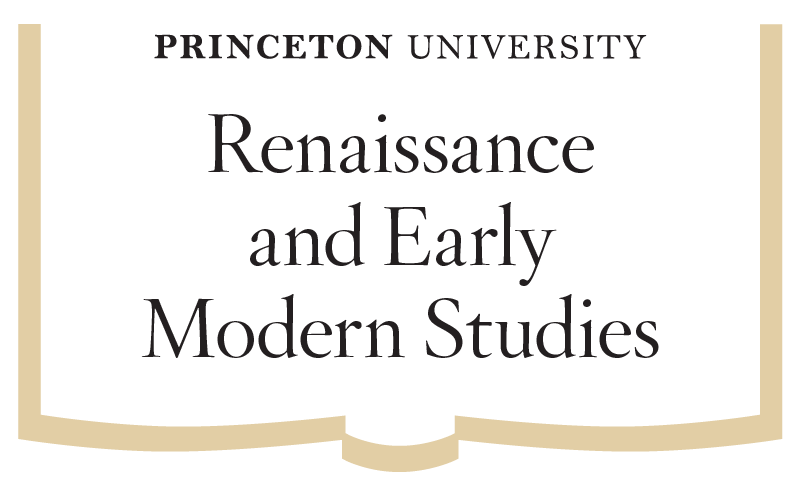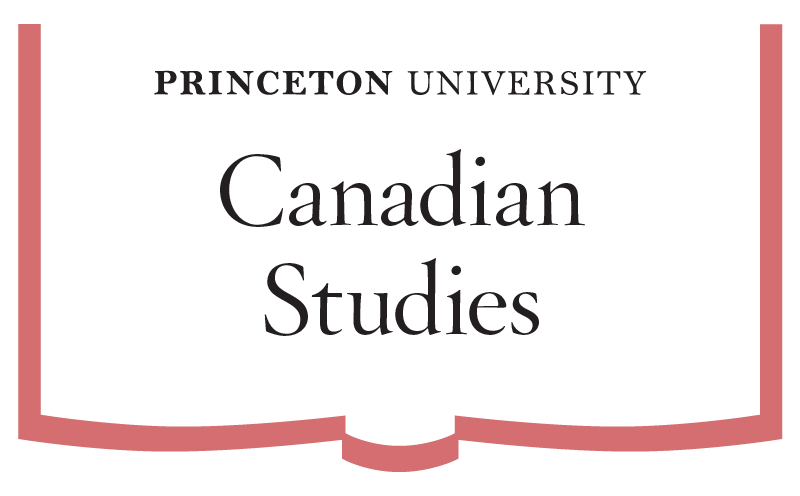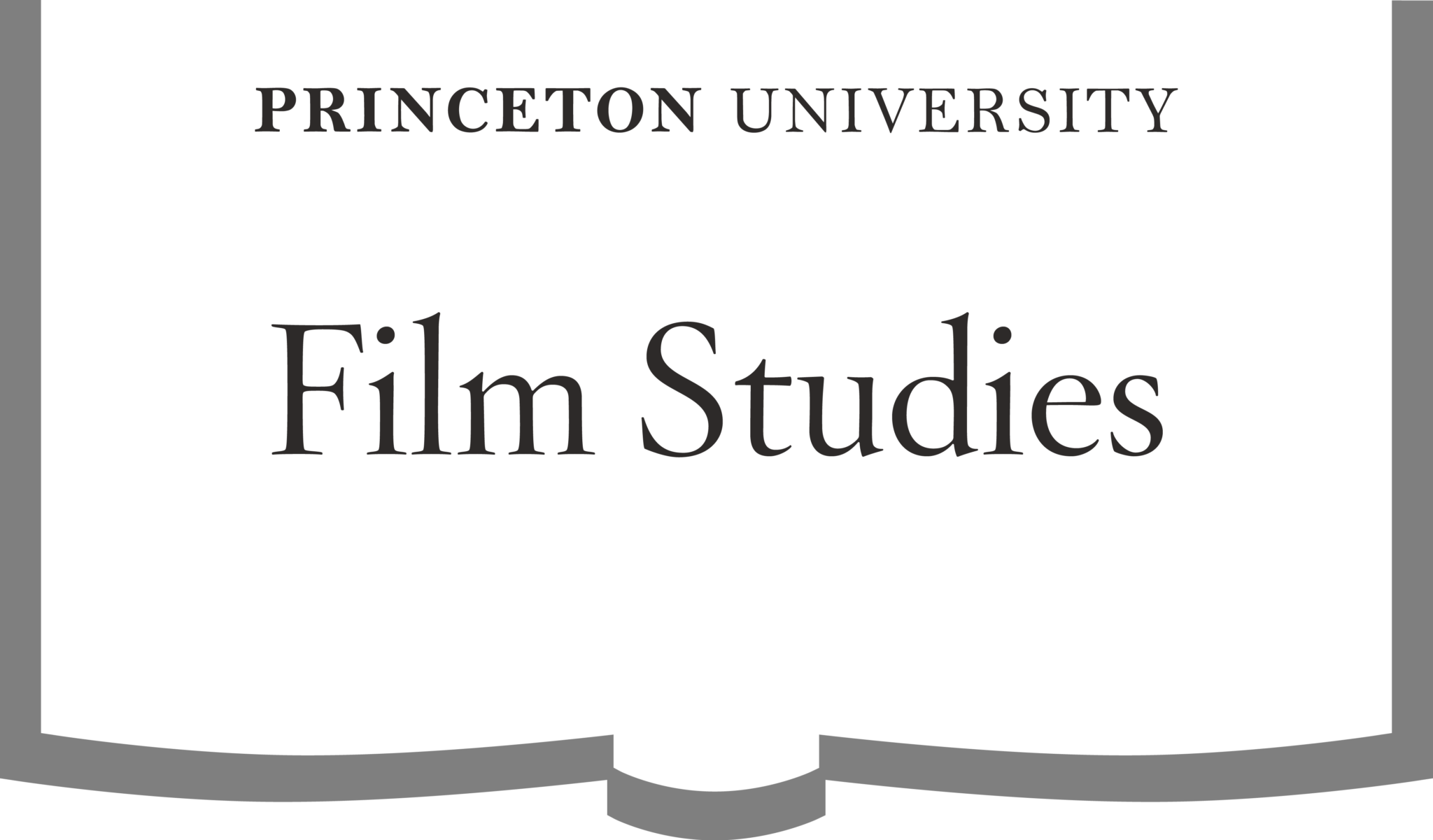The aesthetic production of the Baroque period is frequently figured by the Library, the Ruin, and the Labyrinth-three architectural structures that collectively offer a negative progression from an image of an ordered, encyclopedic knowledge (the library), to a disordered, decayed structure that was formerly whole (the ruin), to the epistemological and existential quandry (the labyrinth). Miguel de Cervantes, María de Zayas, Sor Juana Inés de la Cruz and Baltazar Gracián offer abundant aesthetic representations of all three environments. They are paired with key theoretical concepts by Davidson, Deleuze, Buci-Glucksmann and Wigley.












